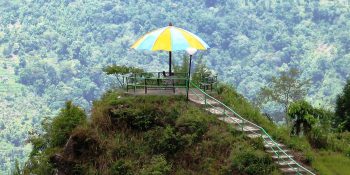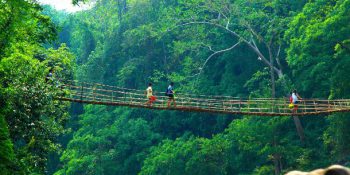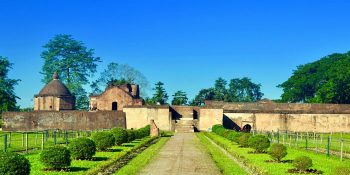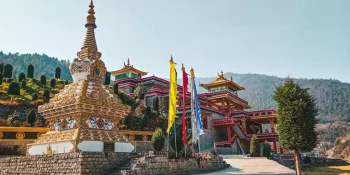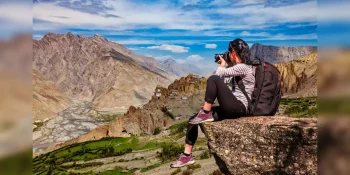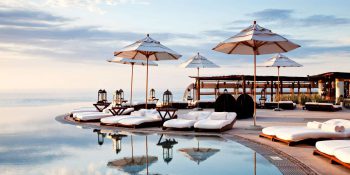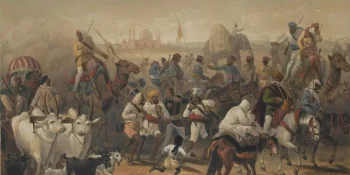The majestic palaces of Jaipur, the capital city of the royal state of Rajasthan in India, stand as enduring symbols of opulence, grandeur, and architectural brilliance. Jaipur, also known as the Pink City, is renowned for its vibrant culture, rich history, and stunning architecture, with its palaces serving as epitomes of Rajputana architectural excellence. Let’s delve into the enchanting world of Jaipur’s palaces within the constraints.
Hawa Mahal: One of the most iconic landmarks of Jaipur is the Hawa Mahal, or the Palace of Winds. Built in 1799 by Maharaja Sawai Pratap Singh, this five-story palace is an architectural marvel with its unique facade featuring 953 small windows, or ‘jharokhas,’ adorned with intricate latticework. These windows were designed to allow the royal ladies to observe the street festivals and processions without being seen by the public, thus ensuring their privacy. The palace’s pink sandstone facade, reminiscent of the city’s characteristic hue, adds to its allure.
City Palace: Situated in the heart of Jaipur, the City Palace is a sprawling complex that showcases a blend of Rajput, Mughal, and European architectural styles. Built by Maharaja Sawai Jai Singh II, the founder of Jaipur, the palace complex encompasses courtyards, gardens, and several palatial structures, including the Chandra Mahal and the Mubarak Mahal. The Chandra Mahal, still serving as the residence of the royal family, is a splendid example of Rajput architecture, with its intricately decorated walls, stunning frescoes, and ornate gates. The Mubarak Mahal, once a reception hall, now houses the Maharaja Sawai Man Singh II Museum, exhibiting a fascinating collection of royal artifacts, including costumes, weapons, and manuscripts.
Jaigarh Fort: Perched on a hilltop overlooking the city of Jaipur, Jaigarh Fort is a formidable fortress that served as a military stronghold and treasury for the Kachwaha Rajput rulers. Built in 1726 by Maharaja Sawai Jai Singh II, the fort is renowned for its impressive architecture, massive battlements, and extensive network of underground tunnels. One of the fort’s main attractions is the Jaivana Cannon, the world’s largest wheeled cannon, crafted in the 18th century. Visitors can explore the fort’s various structures, including palaces, temples, and reservoirs, while enjoying panoramic views of Jaipur and the surrounding Aravalli Hills.
Amber Fort: Located just outside Jaipur, Amber Fort is a majestic fortress-palace that exemplifies Rajputana grandeur and architectural finesse. Built in the 16th century by Raja Man Singh I, the fort boasts a stunning fusion of Hindu and Mughal architectural styles, characterized by its intricate marble carvings, mirror work, and beautiful frescoes. The fort’s main attractions include the Diwan-i-Aam (Hall of Public Audience), the Diwan-i-Khas (Hall of Private Audience), and the Sheesh Mahal (Mirror Palace), adorned with thousands of tiny mirrors that reflect light in a dazzling display. Visitors can ascend to the fort atop elephants, adding to the regal experience.
Jal Mahal: Nestled amidst the tranquil waters of the Man Sagar Lake, Jal Mahal, or the Water Palace, is a mesmerizing architectural gem that appears to float ethereally on the lake’s surface. Built in the 18th century by Maharaja Madho Singh I, the palace was originally intended as a hunting lodge for the royal family. Its exquisite red sandstone architecture, adorned with delicate Rajput and Mughal motifs, makes it a picturesque sight, particularly during sunrise and sunset when the palace is bathed in golden hues.
In conclusion, the majestic palaces of Jaipur stand as timeless testaments to the city’s rich heritage and royal legacy. Each palace narrates a tale of grandeur, craftsmanship, and architectural brilliance, inviting visitors to immerse themselves in the splendor of Rajasthan’s royal past.
